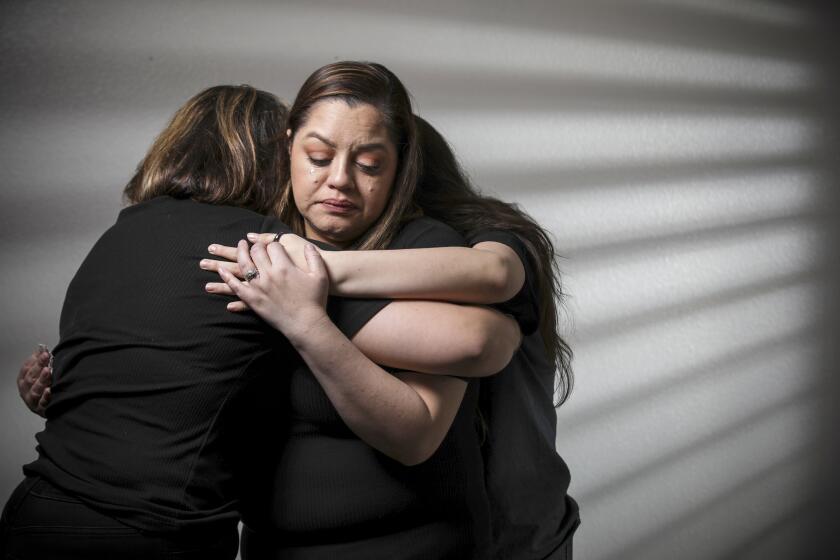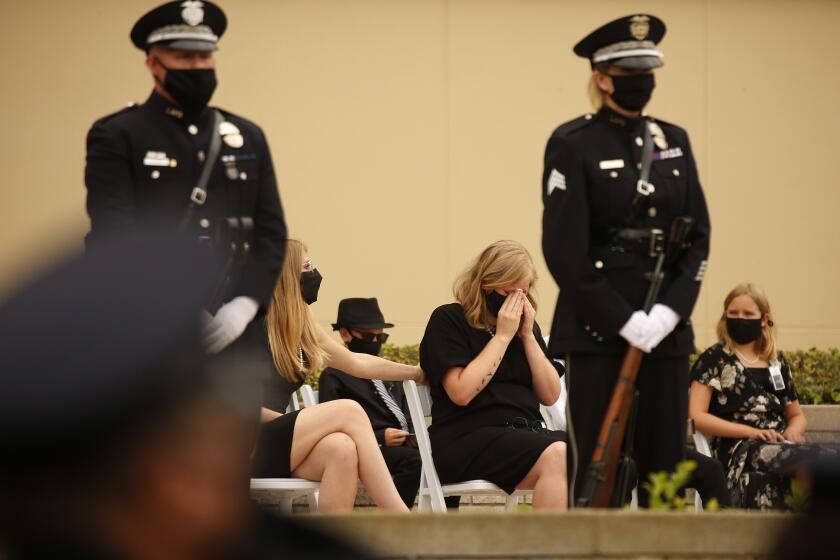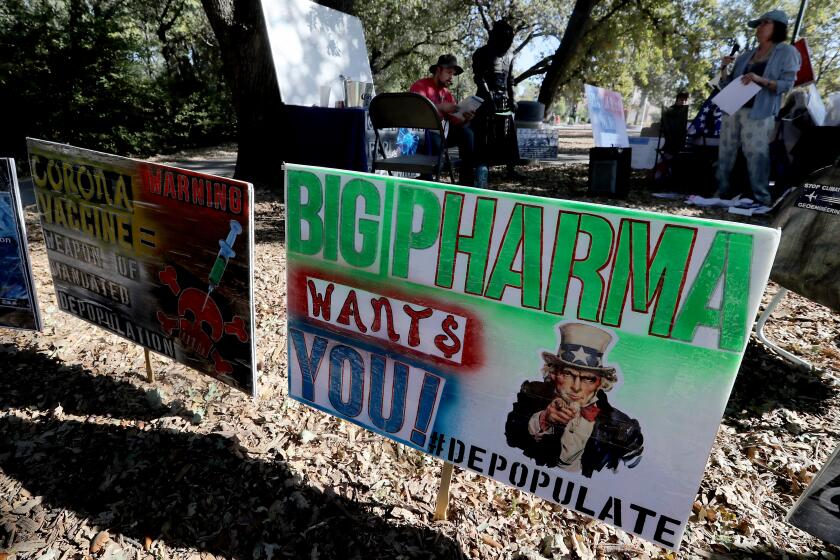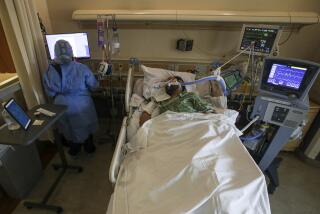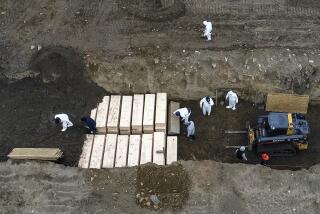1 million COVID-19 deaths: A look at the U.S. numbers
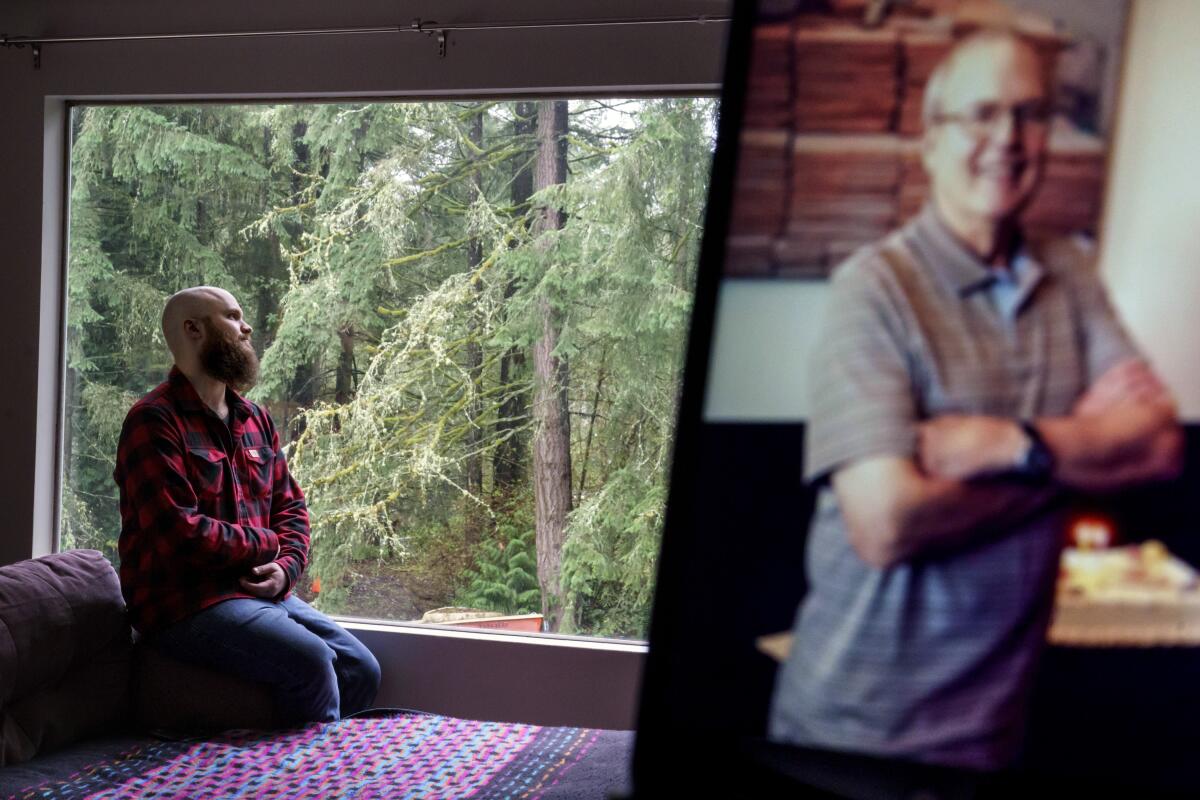
- Share via
Doug Lambrecht was among the first of the 1 million Americans to die from COVID-19. His demographic profile — an older white male with chronic health problems — mirrors the faces of many who would be lost over the next two years.
The 71-year-old retired physician was recovering from a fall at a nursing home near Seattle when the new coronavirus swept through in early 2020. He died March 1, an early victim in a devastating outbreak that gave a first glimpse of the price older Americans would pay.
The pandemic has generated gigabytes of data that make clear which U.S. groups have been hit the hardest. More than 700,000 people 65 and older died. Men died at higher rates than women.
White people made up most of the deaths overall, yet an unequal burden fell on Black, Latino and Native American people considering the younger average age of minority communities. Racial gaps narrowed between surges, then widened again with each new wave.
More than two years later, Doug’s son, Nathan Lambrecht, reflected on the toll.
“I’m afraid that as the numbers get bigger, people are going to care less and less,” he said. “I just hope people who didn’t know them and didn’t have the same sort of loss in their lives due to COVID, I just hope that they don’t forget and they remember to care.”
Elders hit hard
Three out of every four deaths were people 65 and older, according to U.S. data analyzed by the Associated Press.
About 255,000 people 85 and older died; 257,000 were 75 to 84 years old; and about 229,000 were 65 to 74.
“A million things went wrong and most of them were preventable,” said elder care expert Charlene Harrington of UC San Francisco. Harrington, 80, hopes the lessons of the pandemic lead U.S. health officials to adopt minimum staffing requirements for nursing homes, “then maybe I can retire.”
Spouses left behind
In nearly every 10-year age group, more men have died from COVID-19 than women.
Men have shorter life expectancies than women, so it’s not surprising that the only age group where deaths in women outpaced those in men is the oldest: 85 and older.
Even before his father’s death, the teen had penned a school paper on the pain of life during the pandemic.
For some families who lost breadwinners, economic hardships have added to their grief, said Rima Samman, who coordinates a COVID-19 memorial project that began as a tribute to her brother, Rami, who died in May 2020 at age 40.
“A widow is losing her home, or she’s losing the car she drove the kids to school with, because her husband died,” Samman said. “Little by little, you’re getting pulled down from middle class to lower class.”
Race, ethnicity and age
White people made up 65% of the total deaths, the largest proportion of any race by far.
This isn’t that surprising because there are more white people in the U.S. than any other race. But American Indians, Pacific Islanders and Black people had higher death rates when looking at COVID-19 deaths per capita.
Death rates per capita still leave out a characteristic that is crucial to understanding which groups were disproportionately affected — COVID-19 is more deadly for the elderly.
In the U.S. there are many more elderly white people than elderly people of other races. To evaluate which race has been disproportionately affected, it’s necessary to adjust the per-capita death rate, calculating the rates as if each race had the same age breakdown.
After the share of COVID-19 deaths are age-adjusted in this way, the figures can be compared with the race’s share of the total population to see whether a group has been disproportionately affected.
And indeed, it’s apparent that Black, Latino, Pacific Islander and Native American people suffered disproportionately more from COVID-19 deaths than other groups in the United States.
The milestone is an indelible reminder of the awful toll that the disease has taken and continues to take.
Looking at deaths per capita, Mississippi had the highest rate of any state.
“We’ve lost so many people to COVID,” said Joyee Washington, a community health educator in Hattiesburg. “The hard thing in Mississippi was having to grieve with no time to heal. You’re facing trauma after trauma after trauma. ... Normal is gone as far as I’m concerned.”
Communities pulled together. Churches set up testing sites, school buses took meals to students when classrooms were closed, her city’s mayor used social media to provide reliable information. “Even in the midst of turmoil, you can still find joy, you can still find light,” she said. “The possibilities are there if you look for them.”
Native Americans experienced higher death rates than all other groups during two waves of the pandemic. For Mary Francis, a 41-year-old Navajo woman from Page, Ariz., the deaths reinforce a long-held value of self-sufficiency.
“It goes back to the teachings of our elders,” said Francis, who helps get vaccines and care packages to Navajo and Hopi families. “Try to be self-sufficient, how to take care of ourselves and how to not rely so much on the government [and] other sources that may or may not have our interests at heart.”
Rural vs. urban
The surge that began in late 2020 was particularly rough for rural America.
Americans living in rural areas have been less likely than city dwellers to get vaccinated, more likely to be infected and more likely to die.
“I’ve had multiple people in my ambulance, in their 80s and dying,” said paramedic Mark Kennedy in Nauvoo, Ill. “Some did die, and when you ask if they’ve been vaccinated, they say, ‘I don’t trust it.’”
Northern counties -- including Tehama and Lassen -- have low vaccination rates and the state’s highest rate of infection.
Surges swamped the thin resources of rural hospitals. During the Delta surge, Kennedy transferred patients to hospitals in Springfield, which is 130 miles away, and Chicago, 270 miles away.
“Every day you had multiple transfers three and four hours away in full protective gear,” Kennedy said.
The recent Omicron wave felt even harder to David Schreiner, chief executive of Katherine Shaw Bethea Hospital in Dixon, Ill.
“In the first wave, there were signs throughout the community about our healthcare heroes. ... People loved us the first time around,” Schreiner said. But by this past winter, people had COVID-19 fatigue.
“Our people have been through so much. And then we would get a patient or a family member who would come to the hospital and refuse to put a mask on,” Schreiner said. “It’s a little bit hard to take.”
Associated Press writer Terry Tang in Phoenix contributed to this report.
